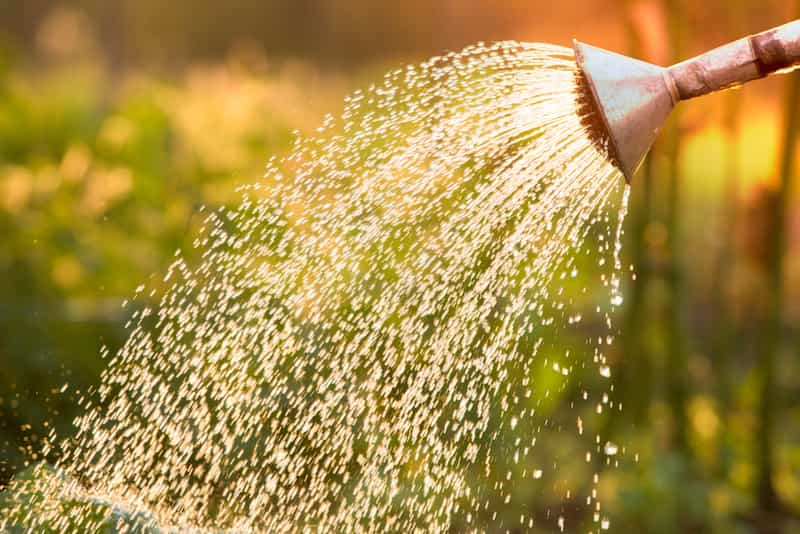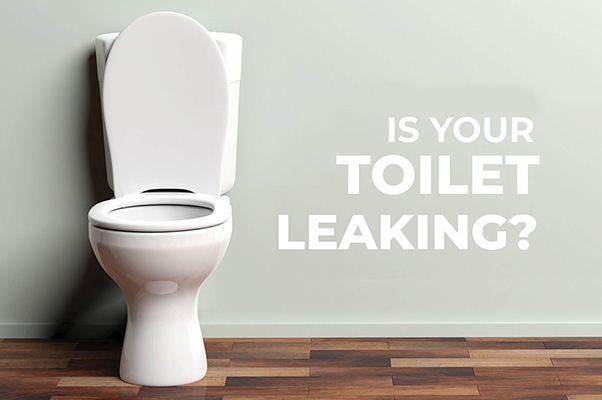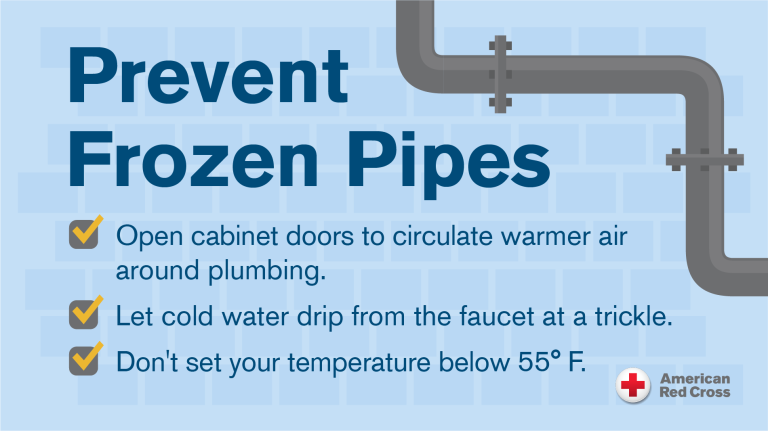Water Department
Pikeville, Tennessee
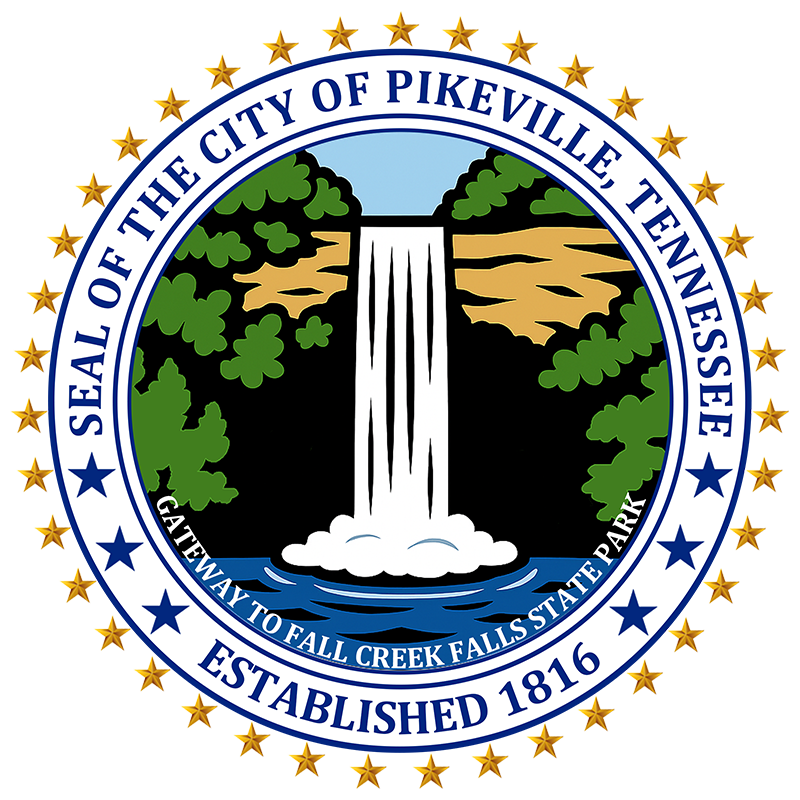
Pikeville Water Department
Water Usage Information
The City of Pikeville Water Department is committed to providing valuable information and resources to help residents protect their homes and ensure a reliable water supply. By taking preventative measures and being prepared, residents can avoid costly repairs and water damage.
We want to educate residents on the importance of storing water for emergencies. Having a supply of clean water on hand can be crucial in times of unexpected water outages or emergencies. Our water department is here to provide guidance on proper water storage techniques and recommendations for how much water to have on hand.
In addition to storing water, our watering guide offers information on how to efficiently water your lawn and garden to conserve water and save money on your water bill. By following our tips and recommendations, residents can ensure their landscaping stays healthy while also being mindful of water conservation efforts.
We also want to help residents address common plumbing issues, such as a leaking toilet. A leaking toilet can waste a significant amount of water and lead to higher water bills. Our water department can provide information on how to identify and fix a leaking toilet, as well as resources for finding a reputable plumber if needed. We are here to support residents in maintaining their water systems and promoting water conservation in our community.
And, when we head into the winter months, frozen pipes are a common concern for many homeowners. That’s why we’re offering tips and guidance on how to prevent frozen pipes, including how to properly insulate pipes and keep them from freezing.
Storing Water for Emergencies
- Store water in clean, sterilized glass or plastic containers that can be sealed. Avoid metal containers, as these may rust. To sterilize the container, boil the container and lid in water, or use bleach by mixing one tablespoon of unscented bleach in one gallon of water, and soak the containers in this solution for five (5) minutes. Drain the containers and allow to air dry.
- Fill the sterilized container with tap water and seal securely. If possible, put parafilm tape around the threads of the bottle to make sure it is tightly sealed. Store in the refrigerator if possible, or in a cool, dark location. Because chlorine in the tap water will slowly go away, replacing the water every six months is recommended. If this is not possible, add 1/2 teaspoon of bleach to every five gallons of water. This extra disinfectant will extend the shelf life. Water will taste flat after storage, but replacing the water every six months should help.
- Using bottled water for long-term storage is not always a good idea. Bottled water is a good source of drinking water during emergencies, but it doesn’t necessarily store as well as tap water. Bottled water may not contain a disinfectant such as chlorine, so bacteria could grow in it over time.
Watering Guide to Conserve Water
- Delay regular watering during the first cool weeks of Spring. This encourages deeper rooting and makes your lawn healthier for the rest of the Summer.
- Don’t sprinkle grass lightly, deep-soak it. Light watering causes the grass to develop shallow roots that are both less drought-resistant and more prone to winter kill.
- Water your lawn early in the morning. By 10am, heat and evaporation go up, robbing the lawn of moisture. Watering at night is fine for dry climates, but in humid climates the relatively cool, moist conditions can create an ideal climate for lawn diseases to develop.
- If your grass grows on mostly clay soil, 1/4 to 1/2 inch of water per hour can be absorbed. If you have sandy soil, you will need to water more often and for shorter periods of time. How you apply water is just as important as the amount. If your lawn thrives on 45 minutes of water every two to three days, it will not remain as healthy if you water 15 to 20 minutes every day.
- More water is dispersed faster with a larger diameter hose. Sprinklers that throw large drops in a flat pattern are much more effective than those with fine, high sprays, which can be blown about and evaporate quickly.
- Adjust your lawn mower to a higher setting. The longer grass blades will shade one another and the ground, helping to fight off heat and hold moisture longer.
- Mow the lawn at least once a week. Try to cut no more than 1/3 of the grass blade, removing about 1/2 to 3/4 of an inch. If you mow the grass shorter than this, excessive shock occurs that causes the grass to turn yellow despite your best watering efforts.
- Don’t allow sprinklers to water your street, driveway or sidewalk. Position them so water lands on the lawn and shrubs…not on the paved areas.
- Install irrigation devices that are the most water efficient for each use. Soaker hoses are examples of water efficient irrigation methods.
- Check sprinkler systems and timing devices regularly to be sure they operate properly.
- Avoid over fertilizing your lawn. Fertilizer applications increase the need for water.
- Use mulch to retain moisture in the soil. Mulch also helps control weeds that compete with landscape plants for water.
- Plant native and/or drought-tolerant grasses, ground covers, shrubs and trees. Once established, they do not need water as frequently and usually will survive a dry period without watering. Group Plants together based on similar water needs.
- Do not hose down your driveway or sidewalk. Use a broom to clean leaves and other debris from these areas.
- Use a shut-off nozzle on your hose which can be adjusted down to a fine spray so the water flows only as needed. When finished, turn it off at the faucet instead of at the nozzle to avoid leaks. Check hose connectors to make sure plastic or rubber washers are in place. Washers prevent leaks.
- Do not leave sprinklers or hoses unattended. A garden hose can pour out 600 gallons or more in only a few hours. Use a kitchen timer to remind yourself to turn off sprinklers.
- Avoid purchasing recreational water toys which require a constant stream of water.
- Consider using a commercial car wash that recycles water. If you wash your own car, park on the grass and use a hose with an automatic shut-off nozzle.
- Avoid the installation of ornamental water features (such as fountains) unless the water is recycled.
- If you have a swimming pool, consider a new water-saving pool filter. A single backflushing with a traditional filter uses 180 to 250 gallons of water.
Is your Toilet Leaking
Leaking toilets are often times a source of wasted water. To avoid this problem, it is important to try the toilet test 1-2 times a year. Catching a leaky toilet can help reduce problems later on and potentially reduce your water bill.
Here is a quick way to test your toilet:
-
- Place a few drops of food coloring in the tank at the back of your toilet and wait 10 minutes.
- If color shows up in your toilet bowl, then you may have a leak and we recommend following up with a plumber.
- Ensure you flush afterwards to avoid any staining that may occur from the food coloring.
- Finally, if your toilet flapper is worn out or torn, consider replacing it.
Frozen Pipe Prevention and Remedies
Frozen water pipes can be an unexpected frustration for residents during cold weather. The Pikeville Water Department offers a few tips to help prevent frozen water pipes.
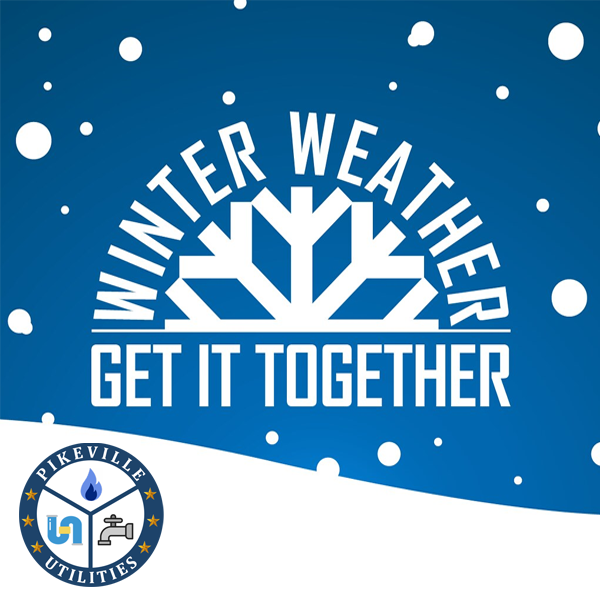
-
- Know the location of your master water shut off valve and educate all household members where it is located in case of an emergency. (If you will be away from home for an extended time, shut off the water supply and drain the system.
- If you leave for only a few weeks, set the thermostat high enough so the temperature in your basement will offset a severe temperature drop.
- If your kitchen or bathroom sink is located against an outside wall, insulate the wall.
- For mobile homes, make sure the skirting is in place. (Water pipes under the trailer can be wrapped with insulation and/or heat tape.)
- Be sure pipes in unheated parts of your home, including crawl spaces, are insulated. (Wrap exposed water pipes with insulation and/or heat tape. Pipe wrapping materials can be found at local hardware stores.
- Plug up drafty cracks and repair broken window panes. (Keep the Garage Door closed as much as possible.)
- Prior to freezing temperatures, remove hoses from outside faucets and be sure they are drained and shut off.
- Keep meter box lids closed to prevent cold air from freezing the water meter.
- Provide ventilation to pipes by allowing warmer air to circulate around the pipes, such as opening cabinet doors below the sink.
- If you have experienced problems in the past – during sub-zero periods, keep steady streams of water the size of the lead in a pencil running from the faucet highest in the house. DO THIS ONLY IF THE PIPES HAVE HOT ALREADY BECOME FROZEN.
- NEVER use antifreeze to keep pipes from freezing. The chemicals could be drawn back into the water supply and contaminate the system. Antifreeze residue is also very difficult to remove from your water pipes.
What do do if Water Services have become Frozen
If you do not have water from a faucet or shower, the pipes are probably frozen. When only one faucet in your home is without water or there is no water from the hot side, but the cold side has water or vice versa, this normally means the pipe is frozen right under the kitchen or bathroom sink. If there is water in one part of the house, but not another, the pipes supplying water are frozen someplace inside the house, under the kitchen or bathroom cabinets, in the crawl space, under the trailer, in the garage or basement or at the water heater. If your pipes freeze, it is important to thaw them as soon as possible.
Identify where the line is frozen:
-
-
-
-
-
- either inside the house or building
- from the water main to the house or building
- the water meter
-
-
-
-
Suggestions for Thawing Frozen Pipes
If you cannot locate or thaw the freeze inside your home, you should contact your landlord or plumber for professional assistance. DO NOT LEAVE A FAUCET TURNED ON. If the pipes thaw, there may be flooding, especially if you are not home.
NEVER try to thaw frozen pipes with an open flame. The best option is to call your plumber. However, if you feel confident to attempt yourself, use a hair dryer, sweeper exhaust, space heater, heating pad, light bulb or heat tape. Do not heat only one spot on the pipe, as this can cause a burst.
If you attempt to thaw the frozen pipes with an electrical appliance, keep in mind that the pipe could already be broken and not leaking water since it is frozen. Be ready with the master shut-off valve in case water comes gushing out once it is thawed.
DO NOT use electrical appliances in areas with standing water.
When your pipes thaw, there may be burst pipes that need to be repaired. Repair the broken pipes as soon as possible and turn the water back on to prevent additional freezing.
Property owners are responsible for repairs of frozen pipes for the length of the service line, up through the entire home or building.
Customer Service:
Our Utility Customer Service team is here for you and ready to answer questions regarding your utility account, respond to your emergency, and help you save money. From Payment Options, Starting a New Utility Service, Disconnecting a Utility Service, Transferring a Utility Service, to providing many other resources, For all of your utility customer service needs, please visit our webpage: Utility Customer Service.

